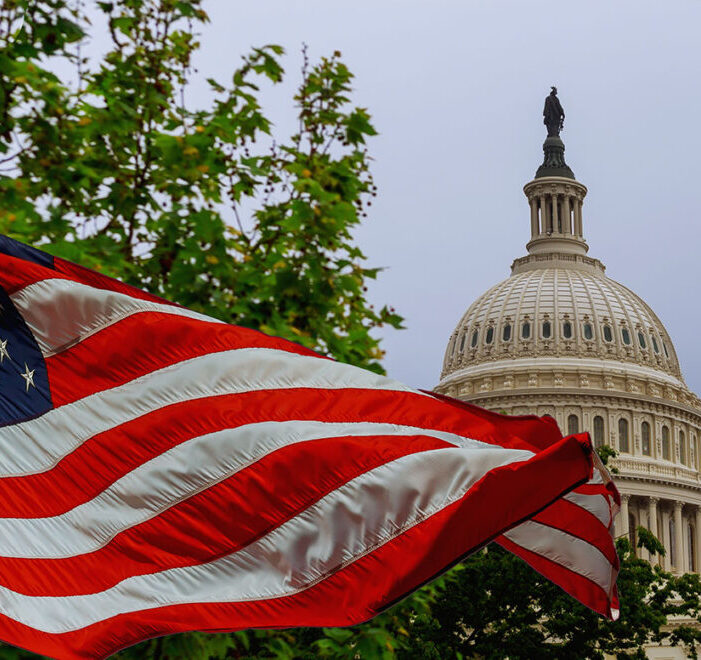Stimulus Bill Includes $7 Billion for Broadband
The new stimulus bill signed Dec. 21, 2020, includes $7 billion for broadband initiatives, including funding to provide broadband for low-income families during the pandemic. The supplemental appropriations provide funding and grants for Tribal broadband programs, telehealth, and rural broadband deployment, among other priorities.
Under the Emergency Broadband Benefit Program, low-income American households can receive rebates of up to $50 each month to cover broadband service and equipment, or up to $75 if they live in a tribal area. Payments will go directly from the government to Internet service providers. Providers can also be reimbursed up to $100 for giving eligible households a laptop, desktop computer, or tablet.
When it comes to the pandemic, “low-income Americans, Tribal communities, and communities of color have borne those burdens disproportionately,” said Federal Communications Commission (FCC) Commissioner Geoffrey Starks in a statement. “That’s why I am pleased that this legislation prioritizes connecting these households. In recent years, many policymakers have focused on rural access as the key to curbing the digital divide. But we know that tens of millions of Americans do not have broadband simply because they cannot afford it.”
A Washington Post article quoted Matt Wood, vice president for policy at Free Press, saying that at least 33 million households are believed to be eligible for the benefit. The estimate corresponds with the total number of Americans who are eligible for Lifeline, the FCC’s other low-income broadband benefit, said “Millions of low-income Americans will receive Internet access rebates under new $7 billion broadband stimulus plan.”
The article noted the bill included these payments, which would benefit older adults with low incomes:
- $3.2 billion for the Emergency Broadband Benefit Program, which provides broadband for low-income families.
- $1.3 billion to boost broadband infrastructure in rural and tribal areas.
- $250 million to the FCC to fund telehealth. Public input comments recently closed on how to administer Round 2 of the COVID-19 Telehealth Program.
- $65 million to map broadband access and speeds.
The funding advances a top priority for the LeadingAge CAST Federal Technology Policy Issues and Initiatives. CAST advocated for the FCC to establish a program aimed at helping low-income individuals obtain internet access. Expanded consumer access to many in-home technologies and to technology enabled services, coupled with resident assessments and delivery of appropriate services, could help older adults remain healthy and independent for longer, said the CAST policy priorities. Expanded access also could save healthcare dollars by improving access to preventative care.

Most Recommended
October 15, 2025
 Shutdown Week Three: Impact of Ongoing Closure on Affordable Housing
Shutdown Week Three: Impact of Ongoing Closure on Affordable Housing
December 10, 2025
Fiscal Year (FY) Funding 2026
October 07, 2025
Immigrant Workforce Matching Program Brings Workforce Relief
Recently Added
December 17, 2025
 Colleagues on the Move, December 17, 2025
Colleagues on the Move, December 17, 2025
December 16, 2025



